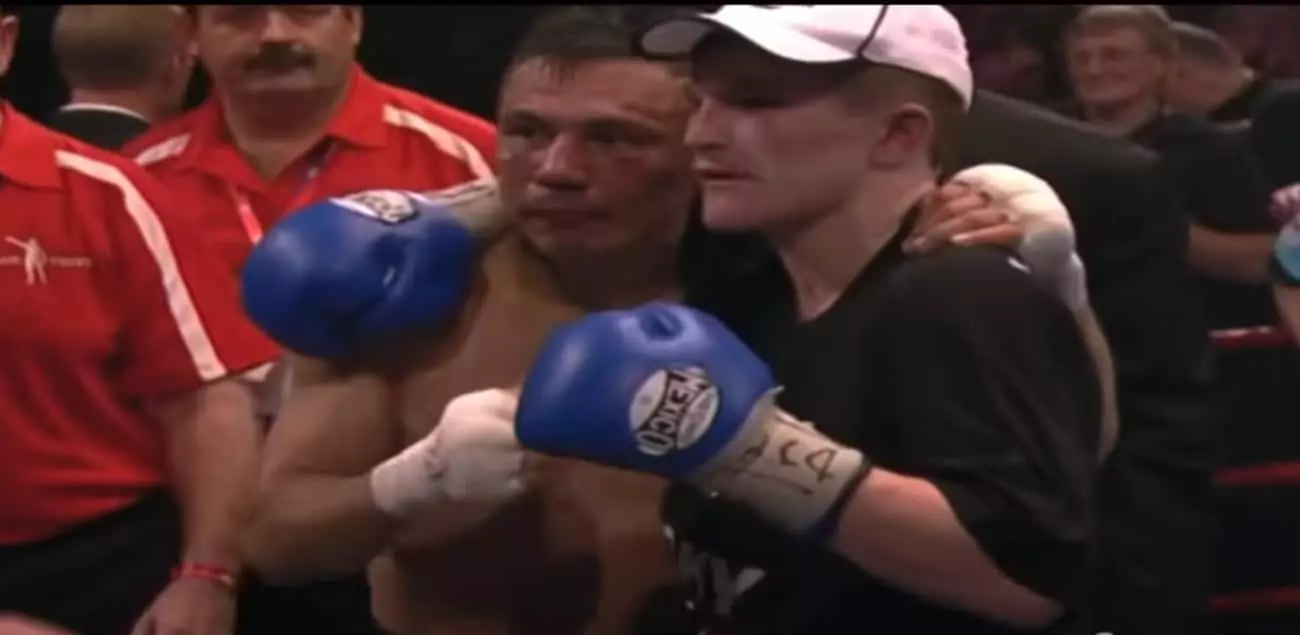The boxing community is buzzing with a mixture of disbelief and intrigue following the revelations surrounding Manny Pacquiao’s return to the ring at the age of 46. This news comes as a surprise to many, not least because Pacquiao has remained inactive since his last match in 2019. The former world champion has mysteriously been reinstated in the WBC welterweight rankings, sitting at an astonishing number five. This raises numerous questions about the criteria behind rankings in the modern boxing landscape.
Ricky Hatton, an iconic figure in British boxing and a former rival of Pacquiao, has openly expressed his concerns. Hatton’s astonishment reflects a broader skepticism regarding how a fighter, who hasn’t fought competitively for years, can be afforded such recognition. Is this a case of allowing nostalgia to cloud judgment? The decision feels more like a whimsical nod to past glory rather than a legitimate ranking based on recent performances.
Boxing’s Evolving Standards
The situation highlights a critical problem in boxing today: the sport appears to have altered its standards in determining who deserves a shot at titles. Hatton’s comparison to Mike Tyson, who somewhat controversially battled younger fighters well past his prime, underscores a potential trend where legacy fighters are granted opportunities that can overshadow current talent. This leads one to wonder if the sport is becoming more about storytelling and spectacle than genuine competition.
Hatton’s laconic observations suggest that there is more at play than just physical prowess; the impact of fame and legacy cannot be underestimated. To have a legendary fighter like Pacquiao return for a world title at this stage raises the bar for what it means to earn a ranking in this sport. While many would argue that iconic fighters deserve certain privileges, it’s crucial to analyze the potential ramifications this could have on up-and-coming boxers vying for their shot at glory.
Pacquiao’s Lasting Impact
Manny Pacquiao’s legacy in the boxing world is indisputable. He has provided some of the most memorable moments in the sport’s history, with his stunning knockout of Hatton being a prime example. Hatton himself recognizes that the ferocity of that bout places it among the all-time great knockouts. This backdrop of brilliance is likely what fans are clinging to in anticipation of Pacquiao’s comeback. However, nostalgia should not overshadow the realities of age and physical condition.
In conversations surrounding ‘who is the greater fighter’, the comparison between Pacquiao and Floyd Mayweather is often ignited. Hatton appears to lean towards Mayweather in this debate—a point that sheds light on stylistic differences in their approaches to boxing. Mayweather is celebrated for his defensive mastery, while Pacquiao’s explosive style and ferocity are seen as having peaked long ago. Hatton’s reflections on his own career trajectory indicate that peak performance is often a fleeting moment; the reality of a fighter’s decline is an unkind truth in the world of professional sports.
The Future: Can Age Be Defied?
Despite the doubts swirling around Pacquiao’s return, the allure of a comeback is undeniably enchanting. It represents a gamble—a battle not just against opponents, but against the inevitable passage of time. The question remains: how effective can a fighter who has been inactive for years truly be? While the heart and spirit of Pacquiao may be as strong as ever, can his body still respond to the demands of the ring?
As the boxing community waits with bated breath for Pacquiao’s return against Mario Barrios, it is clear that his journey—whether triumphant or not—will evoke a wide array of emotions. There’s hope, intrigue, and even skepticism among fans and analysts alike. While the revival of a sporting icon such as Pacquiao is thrilling, it triggers deeper conversations about meritocracy, legacy, and the boldness of endeavoring to redefine one’s narrative even in the twilight years.
Pacquiao’s upcoming fight is emblematic of broader issues within the sport, and provokes a necessary dialogue about what it means to transition from greatness to potential comebacks—a journey that undeniably resonates with many, transcending the boxing ring.

